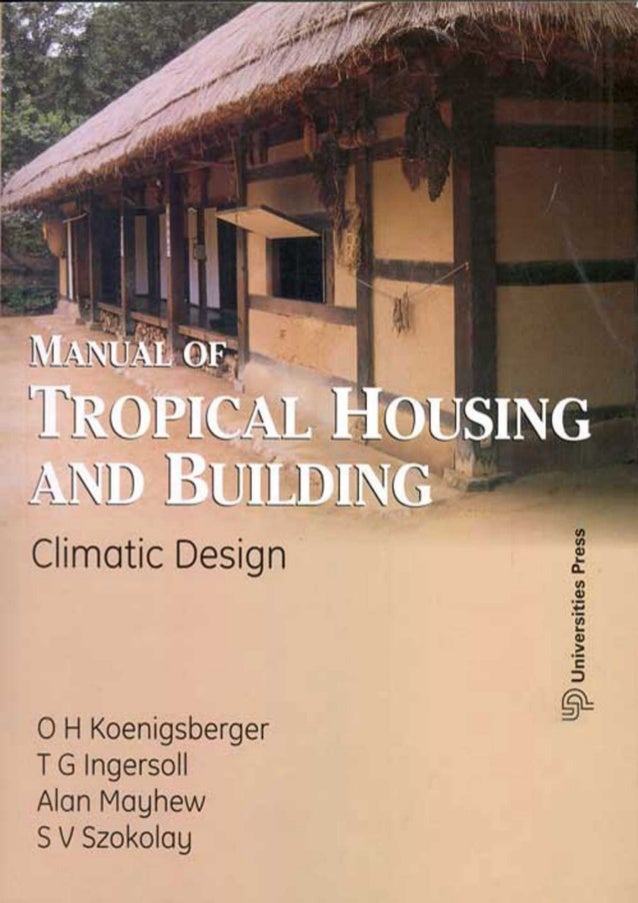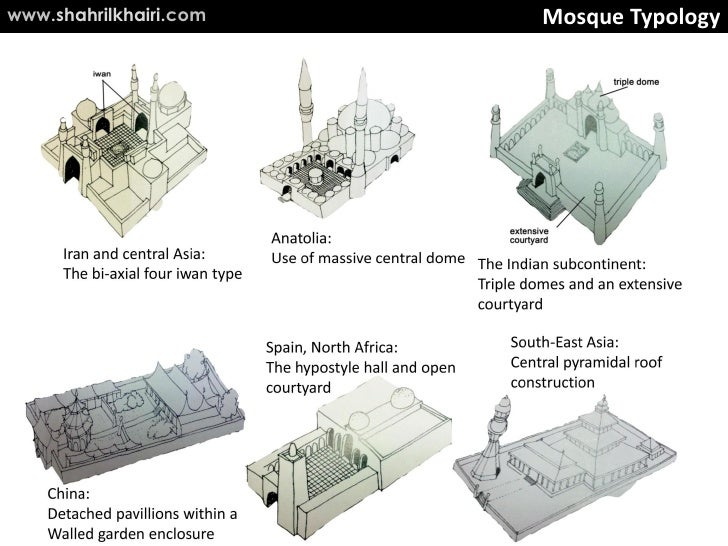Courtyard Houses A Housing Typology Pdf Writer
Sorting perceptions according to certain recurring characteristics and principles is an important element of cognitive process. To derive standards from it and to sys- tematise certain patterns are two principle s that not only form the basis of every science but also of the human capability to perceive and communicate. To reduce perceptions to certain recurring patterns, regular geometries or har- monies is a universal principle; therefore, the term t ypology has a long history in architecture and architectural theory. In this light, typologies in architecture docu- ment the changing requirement profiles of certain buildings or spatial systems.
There are different typological categories. Typologies on an urban planning level deal with blocks, row or detached houses; building typologies examine residential dwellings, farmhouses, theatres or industrial plants, and floor plan typologies are significantly characte rised by the access system. While the room as a functional space with a specific assignment is a relatively constant unit irrespective of its size, the typology of circulation areas correlates indivi dual rooms and, through different floor plans, creates different types such as patio houses, apartment houses providing access to various numbers of flats, houses with exterior cor- ridors, etc. However, a typologically oriented approach or work method begins long before the categorisation of certain types of appearance. “.The type, a knowledge - able typologist once said, is not invented, not designed, not developed. The type emerges, grows, culminates, decays, flattens.
Courtyard Houses of Beijing: Past, Present, and Future on. Courtyard Houses of Beijing: Past, Present. 7th Housing Typology 1 - Free download as PDF File (.pdf. Houses on Pinterest. Behind this lively small business is traditional chinese housing typology. Shanghai's protected heritage houses in the. Learning from the Islamic. Download as PDF, TXT or read online. Documents Similar To Urban Housing Typology Selection 070207. Skip carousel. Courtyard Houses, A Housing Typology Birkhauser.
Types are ‘organically’ concrete. These terms might seem diffuse, might lead in the wrong direction; but they ac- curately highlight the difference between type and an objective prototype.”.
We learn that the term “ type” derives from the Greek word “ typos” meaning imprint and originally meant the imprint on a coin. Later, the t erm stood for archetype, antetype, pattern or figure; in fact it referred to both the real figure as well as that of archetypes or ideas existing in the spiri- tual world. In typological science, the term typology can be understood as a term purely used to classify individuals within a group - as for example in zoology or botany - or on the contrary as a term for an ideal. Hereby, most often a distinction is made between the most frequent average type of one group of items or per- sons and the ideal type. Since the ancient world, philosophy has understood the idea of type in the sense of a generally characte ristic archetypal figure underlying an individual element: Plato understood it as an idea, Aristotle as a shape, the Middle Ages as a being.
Typology as the science of type therefore is a scientific description and a classification of a field of items into groups of unitary complexes of characteristics. In his essay “On Typology’” Rafael Moneo gives an overview of the research of typology in architecture. For Moneo, the question of typology shakes the founda- tion of architecture.
The concept of the archetype defines the current architectural object in relation to its origin. Insofar, the typology theory is a theory of the es- sential, the beginnings of architecture. Interpreted typology in the sense of an exemplary prototype. He comprehends the type as a mechanism standing between form and building program.

His theory concentrates on com- position and arrangemen t. Durand tries to derive the composition from functional interrelation s, and thus wants to overcome the restraints of the traditional form canon. By the end of the century, the Beaux-Arts school further developed this interpretation of the type as a stylistic device.
The emergence of architecture schools created an increasing demand for a standardised curriculum. Durand tried to satisfy this requirement with catalogued typologie s. Modernity broke the continuity of using typologies. Form, content and mean- ing in architecture became detached. The exterior appearance of architecture developed into an independent category and the architectural object into a frag- ment that is unhinged from its context and the historical developm ent process.
Click download file button or Copy the d o c deuce URL which shown in textarea when you clicked file title, and paste it into your browsers address bar. In next page click regular or free the d o c deuce download and wait certain amount of time (usually around 30 seconds) until download button will appead. Dj yella. How to download the d o c deuce file to my device? If file is multipart don't forget to check all parts before downloading!
Modernity rejected anything that, in whatever way, invoked history. Therefore, it dismissed the idea of a type as well. Design was to start from scratch, and the architectural object was to become an industrial product. Recurring elements or manufacturing methods were not conceived typologically, but rather in terms of industrial mass production. However, with Le Corbusier at the latest the contradic- tion between the architectural artefact on the one hand and the industrial proto- type on the other became apparent.

Housing Typology Definition
Due to the comparison of architecture with industrial production, the typology concept had to be re-interpreted.